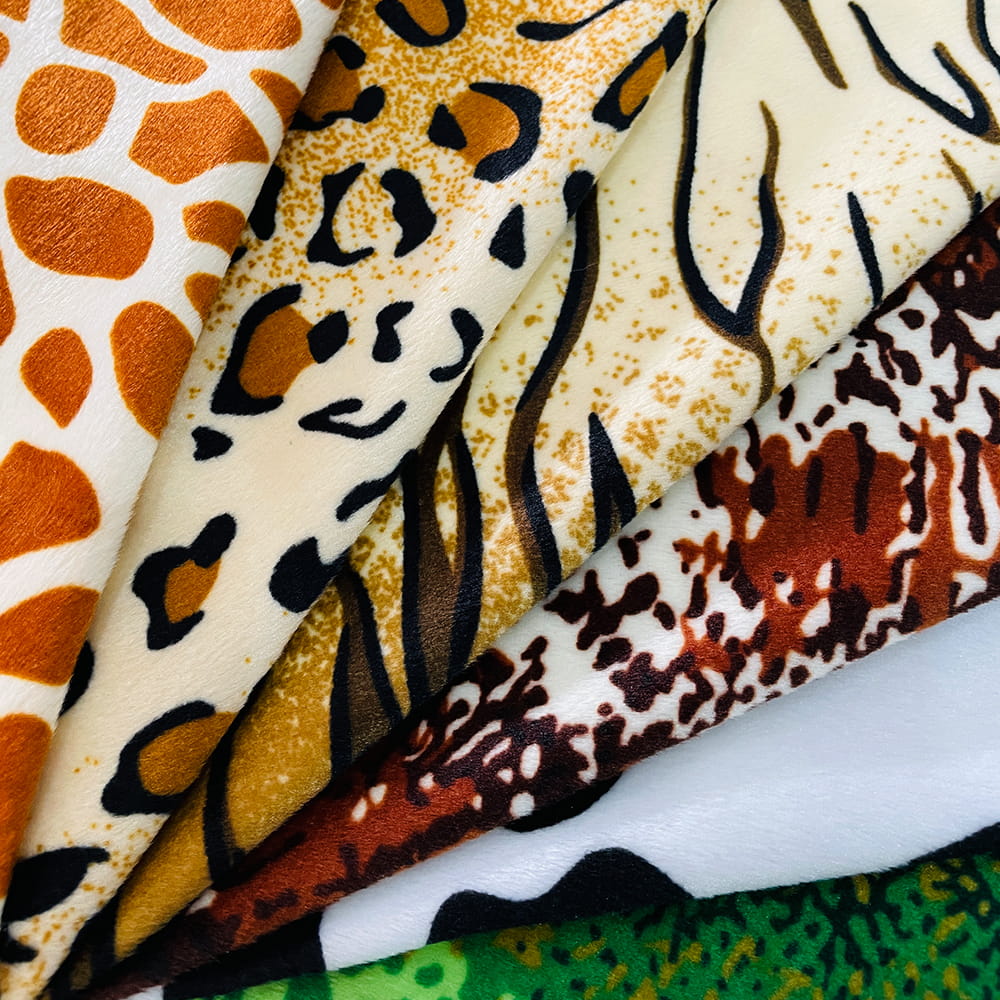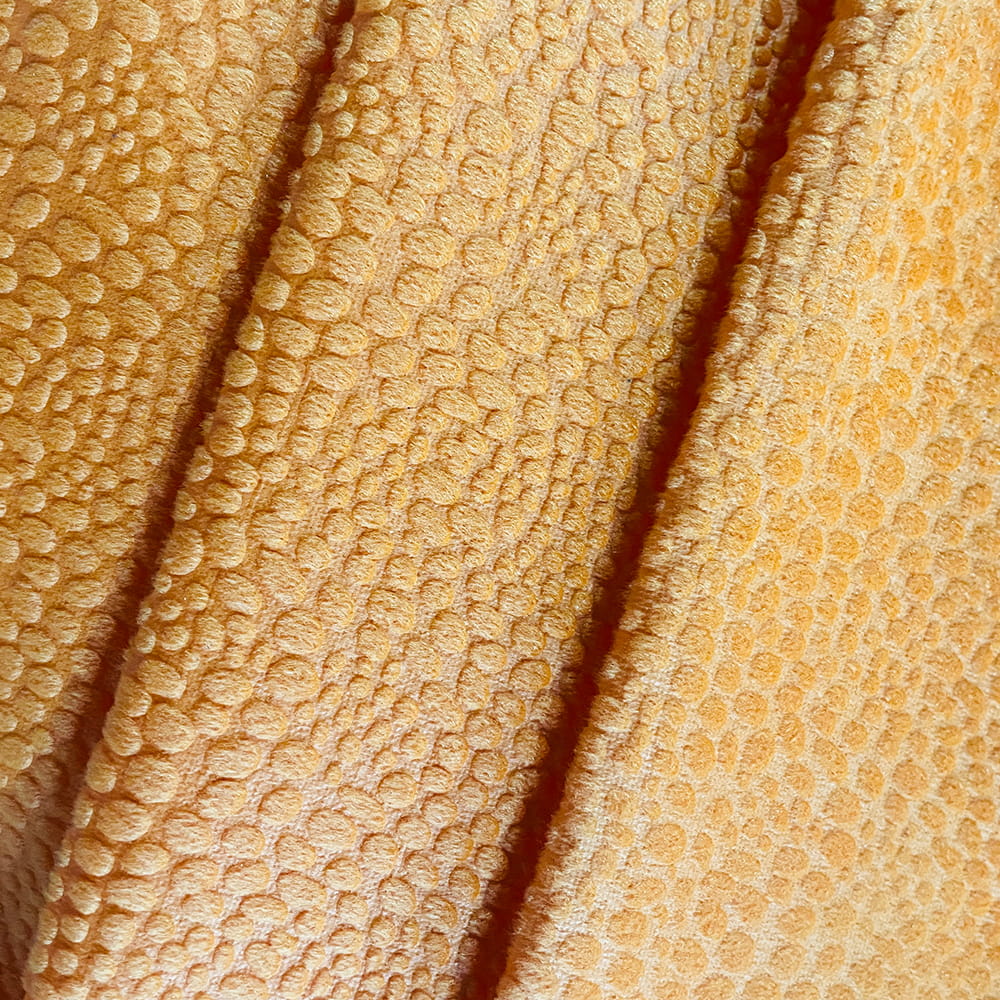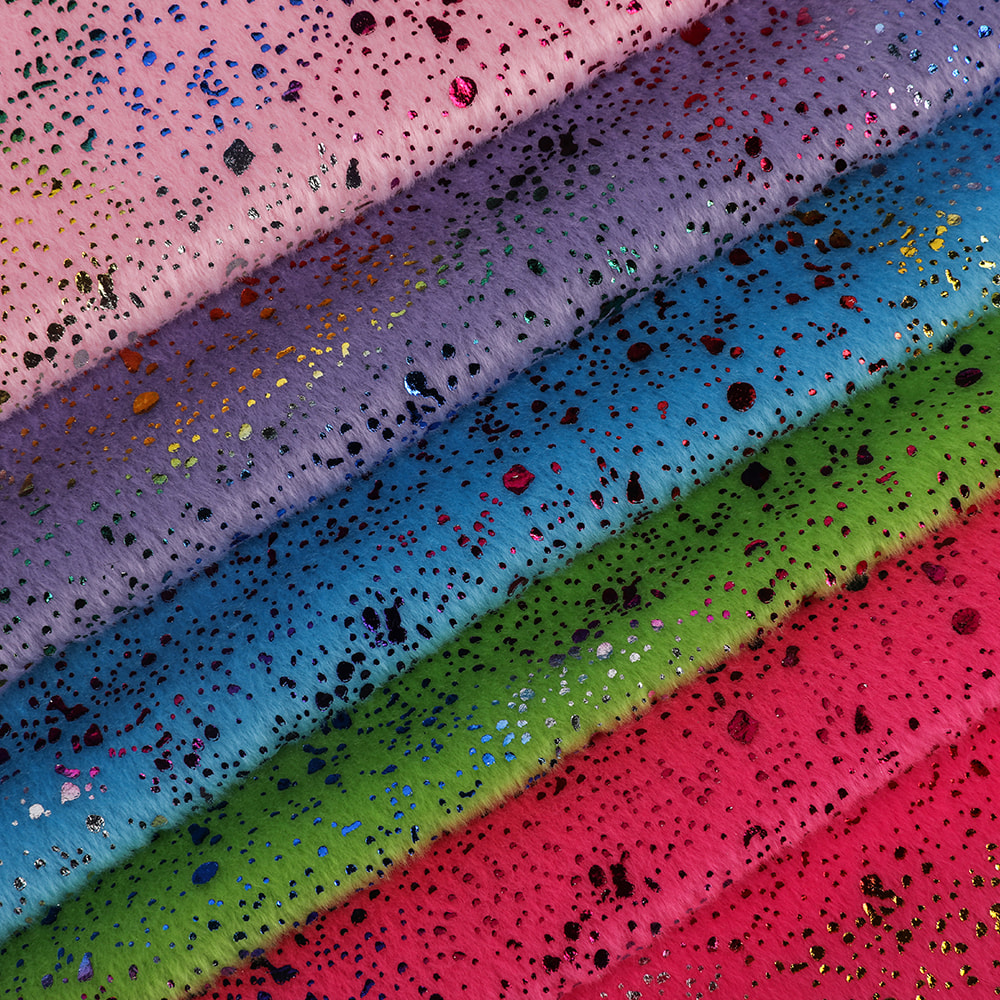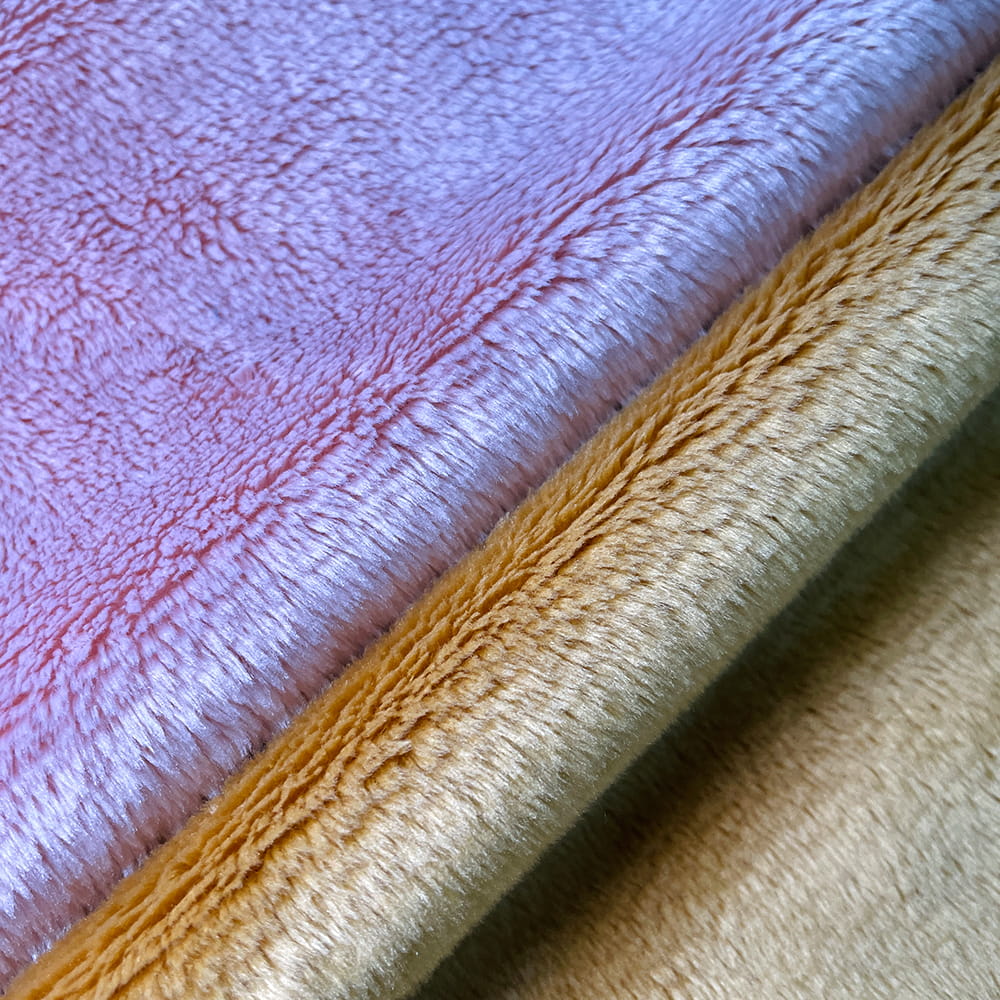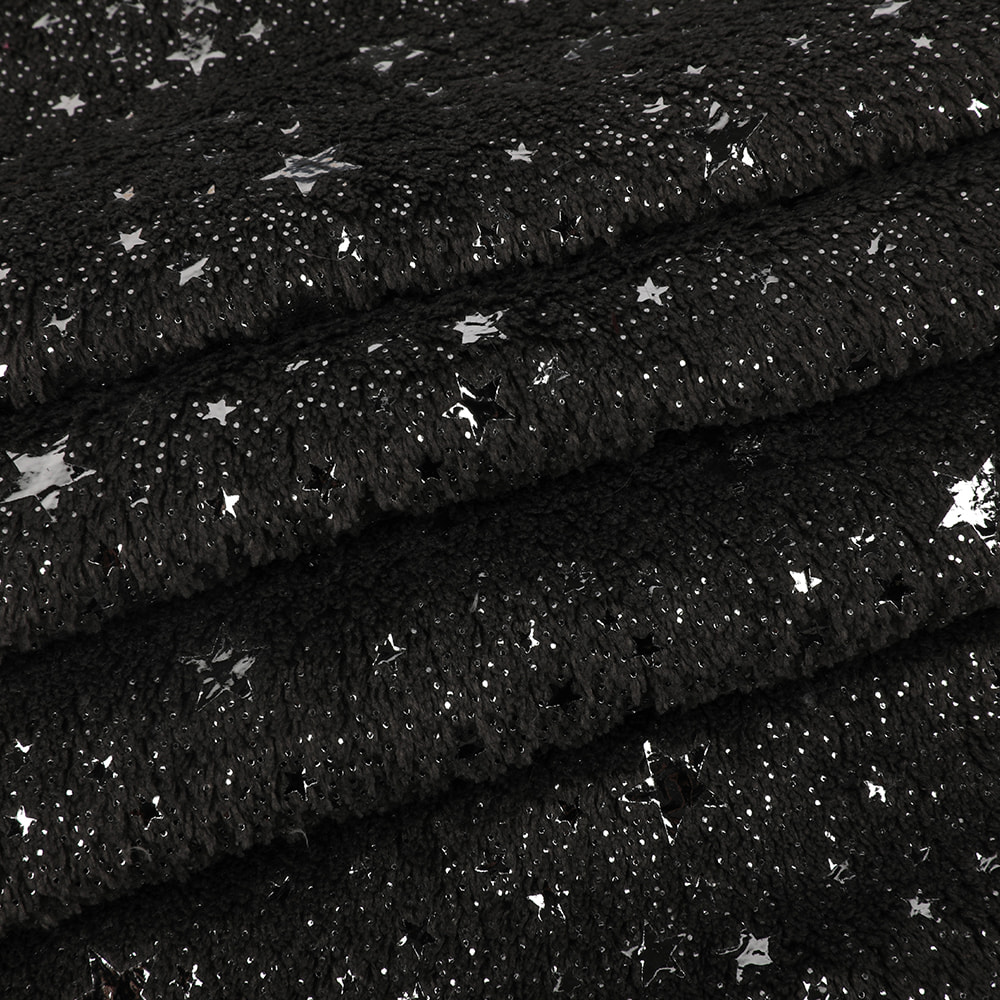In recent years, the textile industry has witnessed a surge in the popularity of sustainable fabrics. Among these, PV fleece fabric has emerged as a frontrunner, lauded for its versatility, comfort, and eco-friendly properties.
What is PV Fleece Fabric?
PV fleece fabric, also known as polyvinyl fleece, is a type of synthetic fabric made from polyvinyl chloride (PVC) and polyester. It is renowned for its softness, warmth, and moisture-wicking properties, making it a preferred choice for various apparel and textile applications. PV fleece fabric is often used in jackets, blankets, sportswear, and upholstery due to its insulating properties and durability.
Production Process
The production of PV fleece fabric involves several steps, starting with the creation of polyester fibers. Polyester, a synthetic polymer, is derived from petroleum and undergoes a spinning process to form long, continuous fibers. These fibers are then combined with polyvinyl chloride (PVC) resin through a process called lamination.
During lamination, the polyester fibers are bonded together using heat and pressure, while a thin layer of PVC resin is applied to the surface. This creates a waterproof barrier and adds strength to the fabric. The resulting material is soft, plush, and suitable for a wide range of applications.
Versatility and Performance
PV fleece fabric is prized for its versatility and performance across different environments. Its soft, fuzzy texture provides exceptional comfort, making it ideal for cozy blankets, plush jackets, and comfortable activewear. The fabric's moisture-wicking properties help regulate body temperature, keeping the wearer dry and comfortable during physical activities.
Moreover, PV fleece fabric is highly durable and resistant to pilling, shrinking, and wrinkling, ensuring longevity and easy maintenance. It retains its shape and color even after repeated washing, making it a practical choice for everyday use.
Sustainability
While synthetic fabrics like PV fleece are often associated with environmental concerns, advancements in manufacturing processes have led to increased sustainability in production. Manufacturers are increasingly adopting eco-friendly practices such as recycling PET bottles to create polyester fibers, reducing energy consumption, and minimizing waste.
Additionally, PV fleece fabric's durability and longevity contribute to its sustainability by reducing the need for frequent replacement and minimizing waste. By choosing high-quality, long-lasting materials like PV fleece, consumers can make more sustainable choices in their purchasing decisions.
 English
English
 Español
Español

